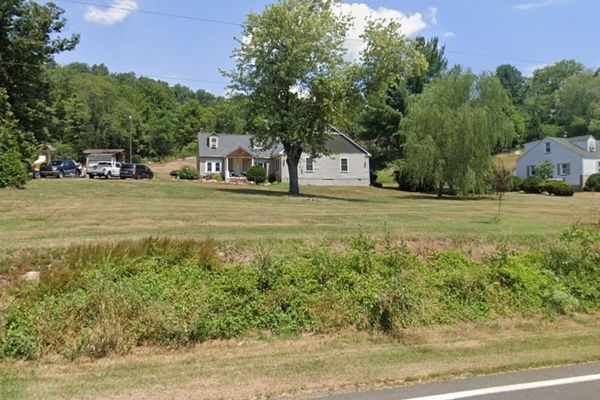
Hidden between a hectic ring road, a chemicals factory and housing estates are 36 hectares (90 acres) of “a green beating heart, pumping nature” into the surrounding city.
Traffic noise and sirens are muffled by ancient oaks, while late-season dragonflies sweep over hawthorns laden with blood-red haws as a kestrel hovers, head down, searching for field voles hiding in the tufty grasses.
Sweet Briar Marshes is a new nature reserve in the heart of Norwich, a city recently identified by a Ramblers study as having fewer public footpaths than any other in England and Wales.
This overlooked land beside the River Wensum, an internationally important chalk river that meanders through the city, is one example of scores of new places being created to help reverse seemingly inexorable declines in British biodiversity.
“Sweet Briar is hope and opportunity,” said Matt Wickens, urban nature reserves manager for Norfolk Wildlife Trust (NWT), which bought the land a year ago after the fastest fundraising campaign in its 97-year history. “It’s a really diverse series of habitats – everyone who comes on the site is surprised it’s not just flat open marsh, it has that little bit of magic, a green beating heart, pumping nature into the not particularly nature-friendly spaces around it.”

That magic includes a singing nightingale this summer as well as other birds among the 43% of species at risk of extinction in Britain, according to the latest State of Nature report, such as the grasshopper warbler.
Other disappearing animals found here include 21 species of butterfly – 80% of Britain’s butterfly species are declining in abundance or distribution – grass snakes, common lizards and, on the adjacent river, water voles.
Scrub that sprang up on Sweet Briar’s mosaic of rough grassland and once-ploughed fields after years of abandonment is providing inadvertent rewilding, and excellent nesting habitat for birds such as blackcaps.
But NWT is confident it can balance preserving that scrub with keeping flower-rich grassy glades open by introducing six cows, whose grazing will boost wild flowers such as southern marsh orchid. More than half of Britain’s flowering plants are decline, according to the State of Nature report.
The report highlights the importance of ending the fragmentation of wildlife-friendly areas by undertaking large-scale restoration projects such as Cairngorms Connect, which covers 60,000 hectares in the Highlands.
Small pockets of land such as Sweet Briar may not make much difference nationally but conservation scientists want to create “bigger, better, more joined-up spaces for wildlife” – as the Natural England chair, Tony Juniper, said at the State of Nature launch – by linking small nature hotspots such as Sweet Briar with surrounding areas.
Wickens hopes that the new nature reserve will enable NWT to work with surrounding landowners including the city council and Anglian Water to expand this wildlife-nourishing area – including making two neighbouring parks more nature-friendly – in a green corridor along the Wensum valley. The charity is also campaigning to stop the Western Link dual-carriageway which is proposed to cross the valley a few miles to the west.
Perhaps the most important rarity that Sweet Briar is encouraging is wild children, with NWT working with local schools and refugee groups to bring children on to the reserve to experience its wildlife.
“If we’re going to get one in four people acting for nature [a Wildlife Trusts’ target] we need to reach as big an audience as possible,” said Wickens. “It’s reaching out to those people who have never been to a nature reserve. We bring families here and they bring other families next time. We hope to get a snowball effect.”







